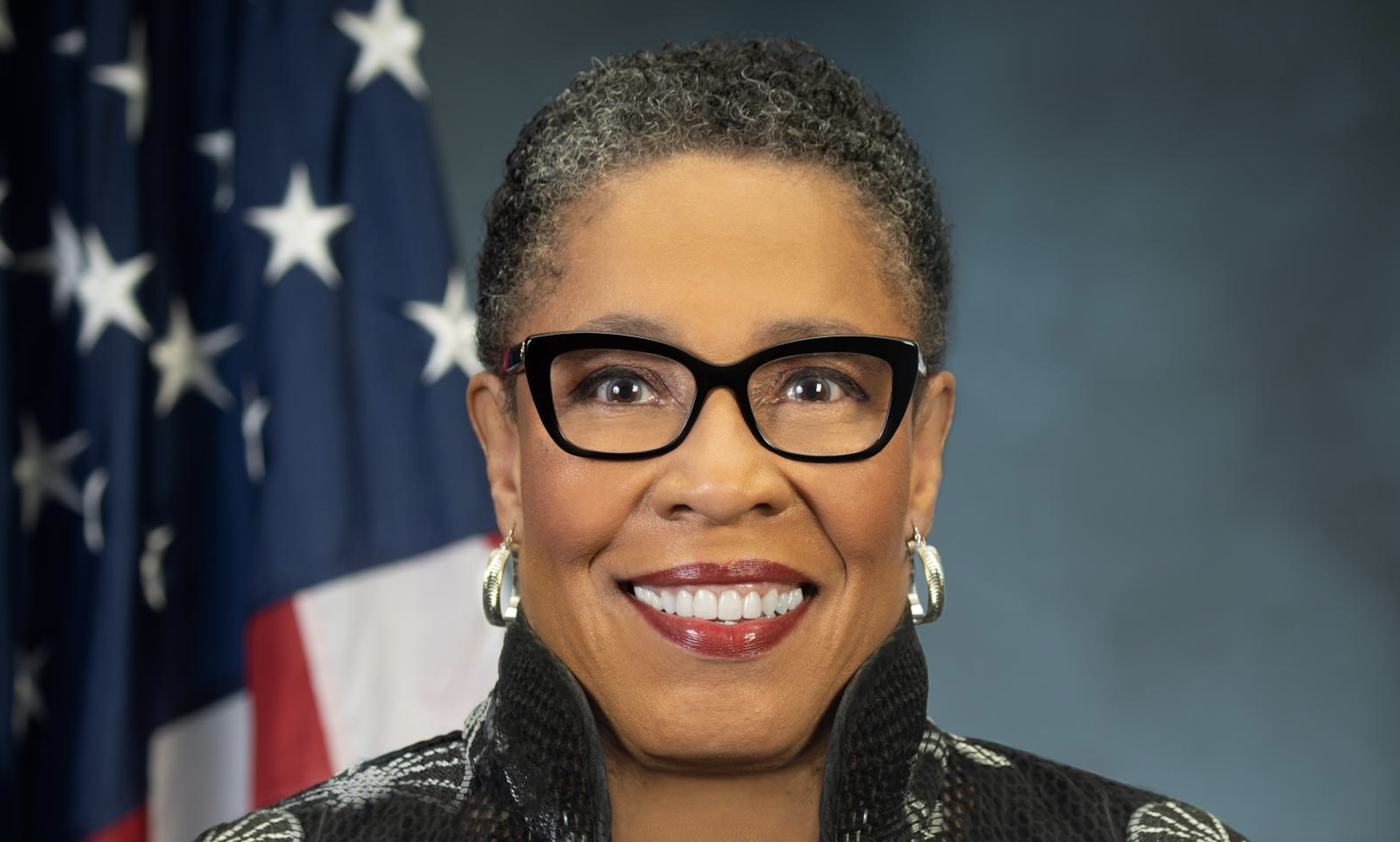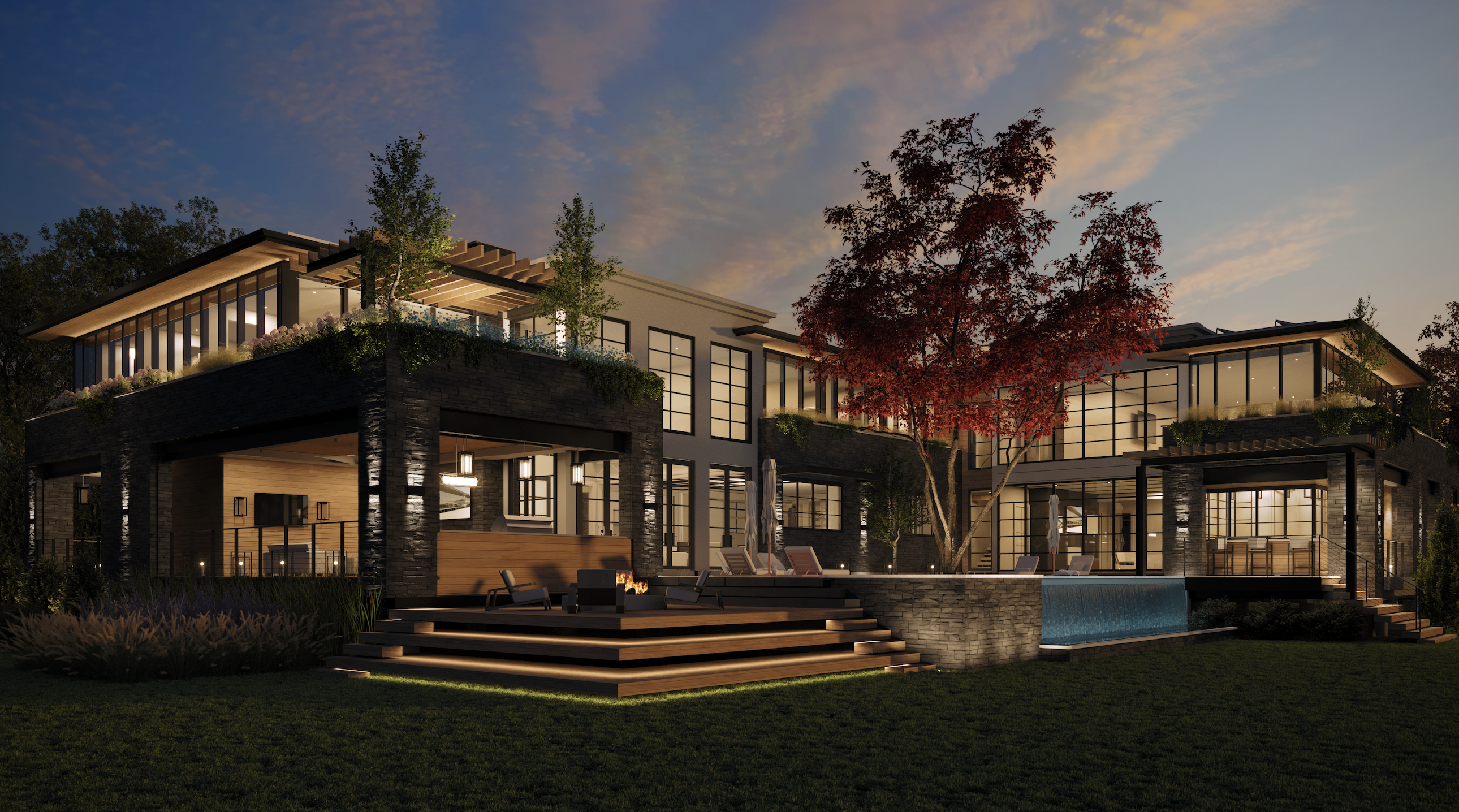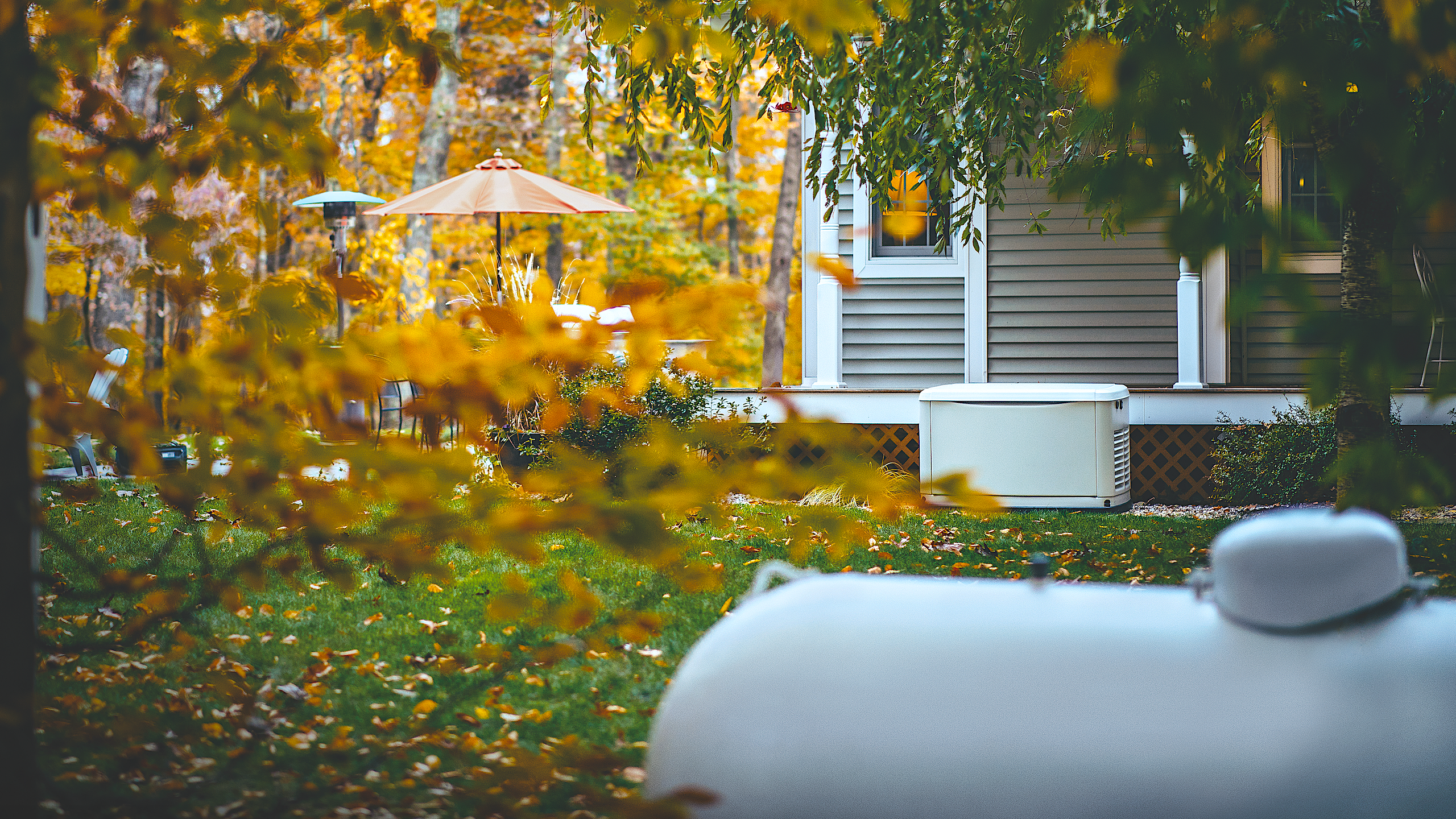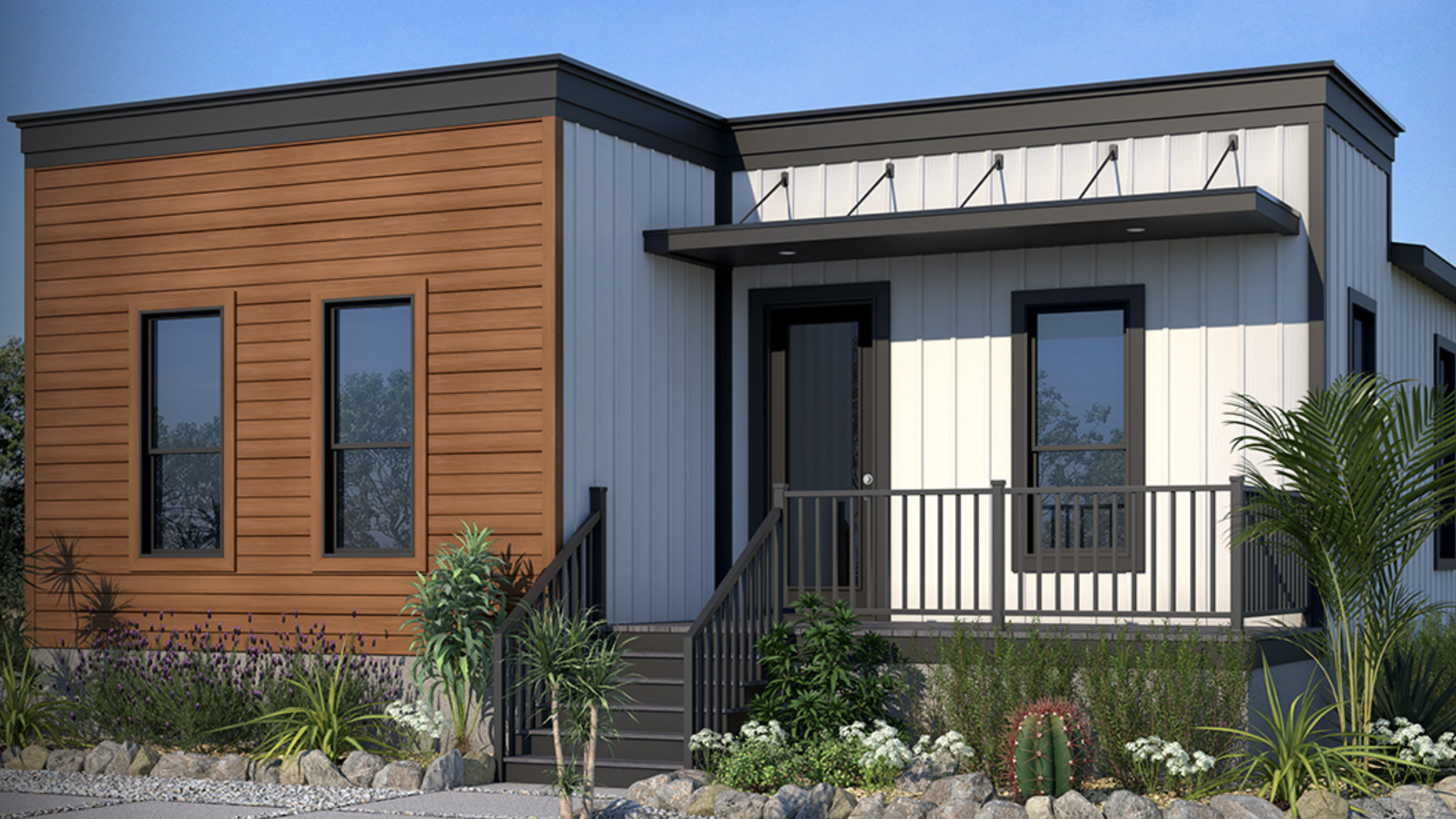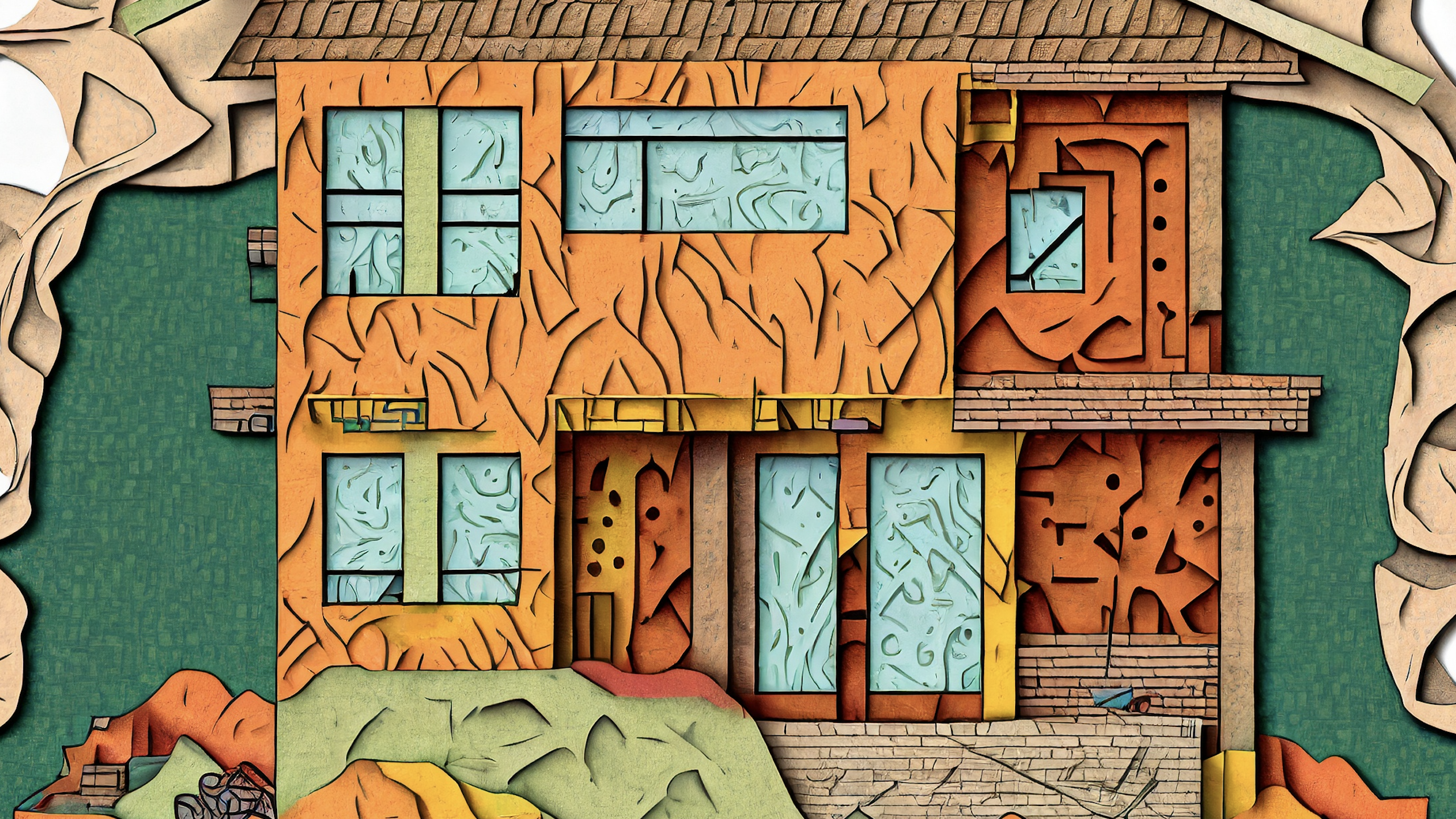 London Bay Homes made its reputation building multi-million dollar custom homes. The Chianti III model, above, is an example of its newest offerings. Photo courtesy London Bay Homes |
Is there a way for aging custom builders to tap that massive demographic cohort one more time and pave a golden path to their own retirement as well? A few builders think they've found a way to do it by changing the nature of their companies to give them more value and increase the ease of selling homes. It involves going over to the dark side — production building.
They're not in the mainstream production market, where Pulte and Horton mass produce three bedrooms and two and a half baths. Instead, these custom building boomers are targeting their own friends, neighbors and clients. They are launching production divisions to build what they would want for themselves: expensive move-down homes suitable for retirement in country club communities and other highly desirable locations.
At the end of this transformation, they'll also create companies with $50 million to $70 million in annual revenues rather than the $10 million to $15 million they haul in each year building eight to 10 one-of-a-kind custom homes.
They will have marketable land positions. And they'll have carved leadership positions in a niche market segment — luxury production — where their local reputations for quality translate into powerful brands. These builders hope to have companies five years from now that can be sustained by strong management teams without needing the owner involved in day-to-day operations or that are sold for big bucks while the principal heads for his own villa in the sun.
The production-built houses they sell, priced at $1 million and up, are decked out in the same lavish finishes and detailing found in the finest custom homes, and they range 2,000 to 5,000 square feet. The only thing that really drops: the bedroom count and plans with a second floor, which often disappears or is limited to guest quarters. You might never know these are not custom homes except for the fact they're clustered on smaller lots than in most true custom communities, and they are designed and production-built in neighborhoods rather than one at a time.
Colorado-based management consultant Chuck Shinn is working with a number of the pioneers on this new approach. He says it's not just an exit strategy but that it does transform a company with very little sales value into one that may pull hefty offers eventually from big builders who want a share of that lucrative luxury market segment.
Wilson's New Way  Wilson's production builidng operation builds homes ranging from 2,000 to more than 5,000 square feet, base-priced from $1 million to $1.5 million. Photo courtesy London Bay Homes |
"We're production building golf villas on lots with frontages from 60 to 75 feet," says Mark Wilson of Naples, Fla.-based London Bay Homes, one of the pioneers of the custom builder movement into production. "Lot depths are 160 to 180 feet, although we're now working on projects with frontages as low as 50 feet and depths as low as 150 feet. All of the homes are built from standard plans, but with a large book of pre-priced options, upgrades and finish selections."
Included in London Bay's option book are choices for structural changes such as partial second floors and detached cabanas housing guest quarters. Such choices can take a 3,500 square-foot home up to 5,500 square feet or more. Wilson opened his first production-built model homes early last year and now has four projects under development. He split his company into three distinct divisions — pure custom, semi-custom and production, what it calls its Neighborhood division.
"On the semi-custom side, we build off standard plans, but we make custom changes. Still, we try to bring those houses in with less customer interaction than in our pure custom division," he says. "We call our production operation the Neighborhood division because our clients don't like to hear the word 'production' — but that's what it is. We don't make changes after the selection process is complete, but the houses have some very high-end finishes and really interesting architecture inside and out."
Wilson came up with the idea on his own five years ago. "I thought the whole Naples (Fla.) market was getting staid," he says. "It was getting hard for us to differentiate ourselves as a design leader. So I jumped on a plane and went out West to see what the design trends were in California, Nevada and Arizona. I came back amazed by the luxury production projects I saw there. It was a real 'ah-hah' moment," he says.
Wilson says this revelation came just at the right time for him, because the baby boom generation's retirement planning is now creating enough of a spike in Florida demand for luxury housing to sustain production building at price points similar to what he saw out West. "If you get it right, you increase your margins, decrease your 'brain ache' and push your revenues way up," he says. "And you can actually do it with fewer people working on each house because you develop systemized workflows."
Wilson sees a big advantage in high-end, production-built neighborhoods for developers. "What developer wouldn't rather sell a whole neighborhood of dirt at one time with themed architecture rather than deal with home buyers one at a time, each with a different architect and builder? As a pure custom guy, it has to scare the hell out of you to see how the West is dominated by production builders, even at price points above $2 million. Developers out there don't want to baby-sit a dozen custom builders. They sell whole neighborhoods at a time to one luxury production guy.
"I can see it happening in Florida," Wilson says. "We decided we had to grow big enough to compete with large production builders who might be attracted to our markets as baby boomers swell the demand for luxury product."
In 2006, 52 percent of the company's sales volume came from its luxury neighborhood division, compared with 10 percent in 2004. He anticipates the division will account for 66 percent of company sales in 2008.
London Bay pushed its dollar volume in 2006 to $72 million. That's a company big enough to sell.
Sattler's Start-UpDenver custom builder Tom Sattler of Sattler Homes in Greenwood Village, Colo., is just getting into production operations. His first community is a neighborhood of 41 lots in Ravenna, an exclusive golf club development targeted at empty nesters in the southwest quadrant of the Denver market. Pricing will start at right around $1 million. Three standard house plans, each with three elevation options, will range from 3,300 to more than 5,000 square feet.
"We're creating a large menu of flex options and upgrades," he says, "so buyers can still have it their way but by choosing from a fixed kit of parts. Our intent is to find a niche for what we do well, which is a higher level of finishes and detailing than other production builders, but do it in a repeatable product so we don't have to reinvent a new design for every site. Architecture is one of the things we're known for — why should those great designs be built only once?"
The product line is being designed by Knudson Gloss Architects of Boulder, Colo. "Jerry Gloss is a good friend and has done my design work for years," Sattler says. "These are 45-page sets of plans when all the flexes and options are included. It's intense stuff, but we think we need to give buyers a near-custom experience.
"These are affluent empty-nesters — purely discretionary buyers. They say they are moving down, but when all is said and done, the square footage is often larger, just with reduced bedroom counts. And they want architecture, detailing and finishes they can show off to their friends."
The flex options include such elements as casitas (detached guest quarters) and additional garage space. Buyers can choose from landscape and hardscape options including low courtyard walls and outdoor fireplaces. "With all the elevations and flex options, we could end up with a different plan on every one of the 41 lots. That's pretty close to custom, but we'll do it with a purchase order driven workflow of standardized processes. We think we can give customers a little better price than custom, and the other advantage is speed. These buyers want it yesterday. The production platform allows us to turn houses faster. The cycle time will still be longer than most production housing but way faster than custom."
Sattler will start construction of his model homes at Ravenna in February and finish them in the late summer or early fall. He already has a dozen names on a waiting list. His company hopes to close four to eight units in 2007 and 14 to 18 next year. "My vision is that within five years, we can do two to five of these projects at a time and get our dollar volume up to $40 million to $60 million a year."
That's a big jump from the eight custom houses Sattler closed last year for $15 million in revenue. He admits he has an exit strategy in mind. "To be candid, we can be more systemized with a repeatable product and build a company that could be sold one day should I decide to retire. I can delegate functions and grow management people to take over what I do. That would be hard to do building only custom homes."
Sattler says he loves building pure custom houses but has become frustrated with how long it takes to get a house out of the ground. "From contract to construction start, it takes longer every year. Getting as close as possible to a custom home, with systemized production processes designed for a repeatable product, is now my passion."
Beware the PitfallsWilson, Sattler and Shinn all caution custom builders intrigued by the idea of going into high-end production building to do their homework first, then spend even more time getting the production systems and processes in place before a real project.
"The first thing you need to understand is that production building is a completely different business from custom building," Shinn says. "You'll need different people and a completely separate organization structure for the production operation. And the owner has to lead this new venture, so you have to completely learn production building principles and processes yourself before you can teach them to others."
The first thing you'll have to learn is how to deal in dirt: land is the essential raw material of production building. Even if you only buy lots from developers and don't develop land yourself, you've got to finance a level of land inventory to keep lots flowing into the production building machine. Land is also the essential element of risk in the production building business. When you buy land or even option lots, you take on a level of risk many custom builders find uncomfortable. If you want verification that the discomfort is justifiable, just take a look at what's happened to production builders caught holding overpriced land during 2006.
"To go into production, we had to take down land positions that cost us between $8 million and more than $20 million," says Wilson. "That's a big increase in the risk profile for a custom builder, many of whom have no land at all. It's a big leap. You have to put financial systems and banking relationships in place that allow you to put pro formas in front of people and make them believe you know what you're doing."
Sattler is similarly cautionary: "Financing is a big part of the production business. The risk is a lot higher when you buy and carry land. I've done that for years, in addition to my custom building business, but a lot of custom builders don't know anything about the land side of the business."
Sattler and Wilson also both share Shinn's worry that many custom builders don't understand the need to separate custom and production operations inside the company.
Sattler cautions against moving people from the custom operation into the production business. "We now have two teams under one roof," he says, "but we keep them totally distinct."
Wilson says you have to get the systems in place before you build anything. "We now have a Timberline backbone to our system with a customized sales sheet that allows customers to click through our options right on a PC. Those selections are automatically priced and converted into purchase orders that then go out to the trades. It's taken us two and a half years to get where we are today, but we're still only 85 percent of the way to where we want to be.
"We had to hire systems people to put this together, and we also had to hire managers especially for the production division. We could not move people from custom into the production operation. We hired two senior project managers with experience in large, national building companies," Wilson says, "then we built our teams around them."
Expert AdviceWilson has this advice for custom builders contemplating a move into production: "I wouldn't do it if it's not something you really want to do. It's not something to try on your way out the door. It will take years of hard work to get a new production building operation to a point where it can be sold."
Most custom builders shouldn't even think about it, says Sattler. "Few custom guys have the necessary drive toward team-building in their personality," he reasons. "They are artisans, not managers.
"If you're going to try it, take the custom hat off completely and put on a production cap. It's a different mindset. You probably need consulting help to do that."
Related Stories
Custom Builder
HUD Secretary Marcia Fudge Announces Forthcoming Resignation
U.S. Department of Housing and Urban Development Secretary Marcia Fudge has said that she intends to leave office later this month
Custom Builder
Floodproof on a Floodplain
An impressive addition to the IDEA Home series, the NEWLOOK Experience Home is a master class in engineering and creative design, with builder Michael Freiburger out-thinking an exceptionally tricky lot
Custom Builder
Why Start a Custom Building Business?
In this Taking Care of Business segment, expert coach and trainer Scott Beebe joins our host Duane Johns to talk about where custom builders could be getting off on the wrong foot
Custom Builder
3 Questions Answered About Reliable Energy in Home Construction
Energy expert Bryan Cordill makes a case for why and how propane is an answer to growing concerns about reliability and resilience in home construction
Business
Custom Builder to Talk Color Design with Becki Owens at IBS
At this year's IBS, renowned designer Becki Owens will sit down with host James McClister, editor of Custom Builder, to discuss a variety of topics from basic color play in design to the Allura Spectrum palette, a collection of Sherwin-Williams colors curated for the benefit of pros
Business
PERC Highlights Sustainability and Efficiency at IBS with 'Clean Build Conversations'
Hear from industry standouts Matt Blashaw and Anthony Carrino at this hour-long Show Village event
Business
The Five Foundational Cornerstones
Business coach Scott Beebe shares insights into the often ignored business basics that could be the difference between long-term success and failure
Custom Builder
Start With the Why: Fundamentals of the Custom Builder Business
In our inaugural episode of Taking Care of Business, host and custom builder Duane Johns sits down with Scott Beebe, head coach and founder of My Business on Purpose, to talk vision, purpose, mission, values, and more
Business
Why AI Is Now Key to Our Trade Partner Strategy
Thompson Custom Homes Business Manager Erin Day explains how AI became a crucial part of building and maintaining successful trade partner relationships
Business
Thriving in 2024: Tips for Succeeding in an Uncertain Environment
Author and sales expert Mark Richardson shares his insights on the industry and how to rethink your approach to success in the new year



